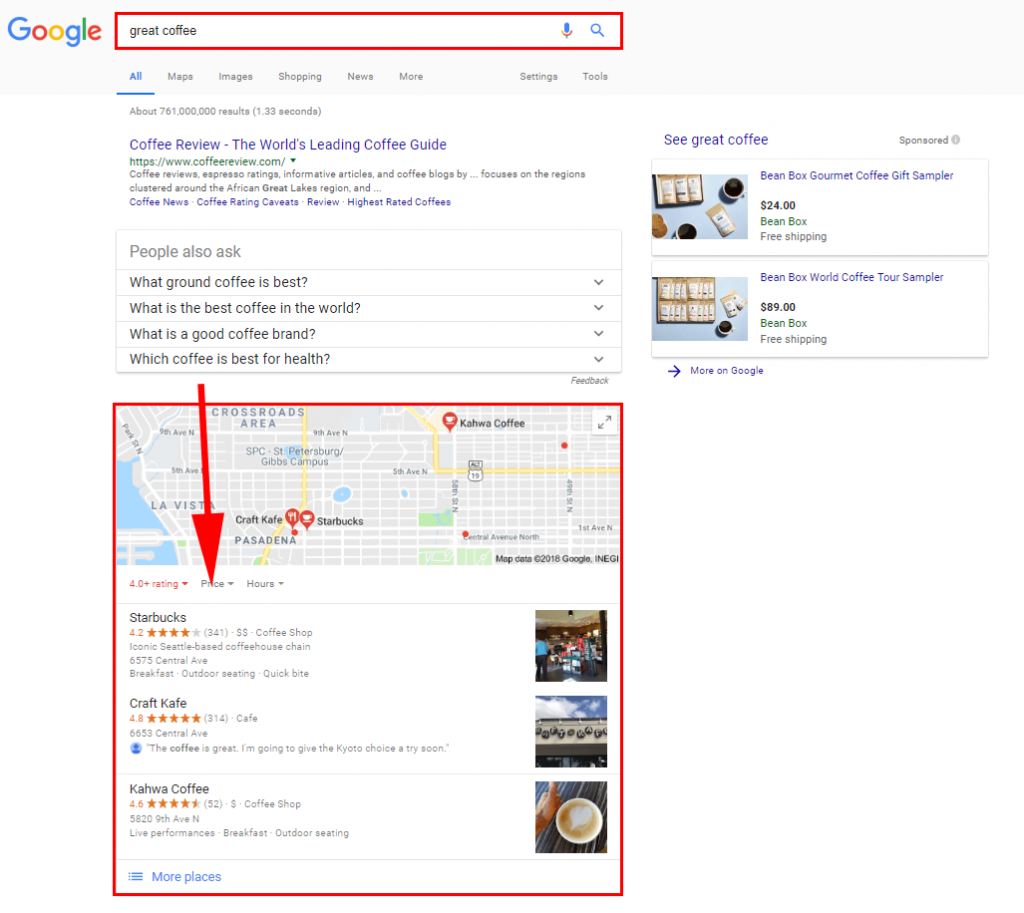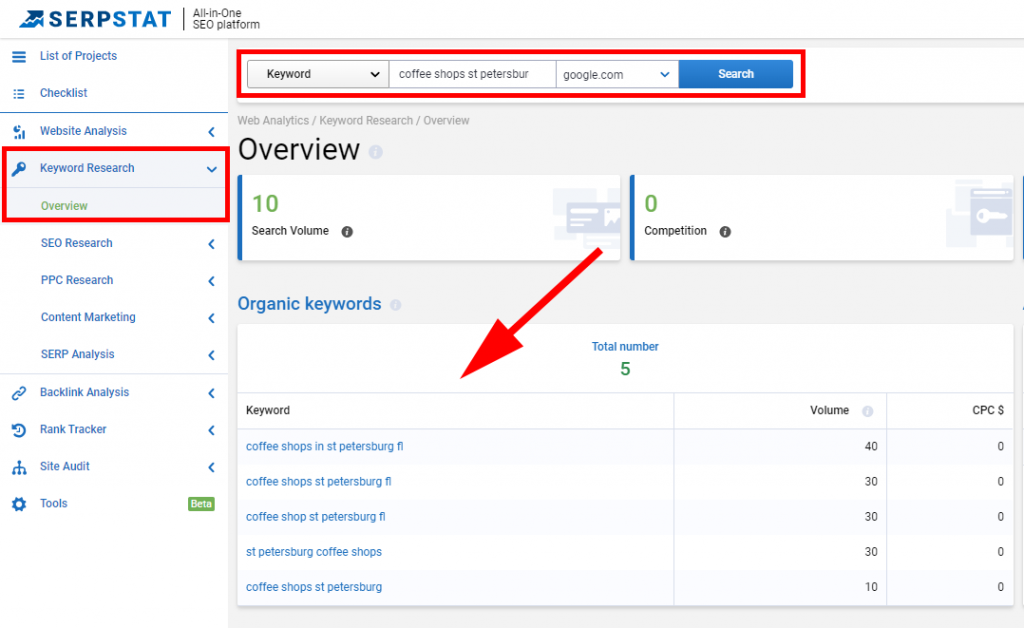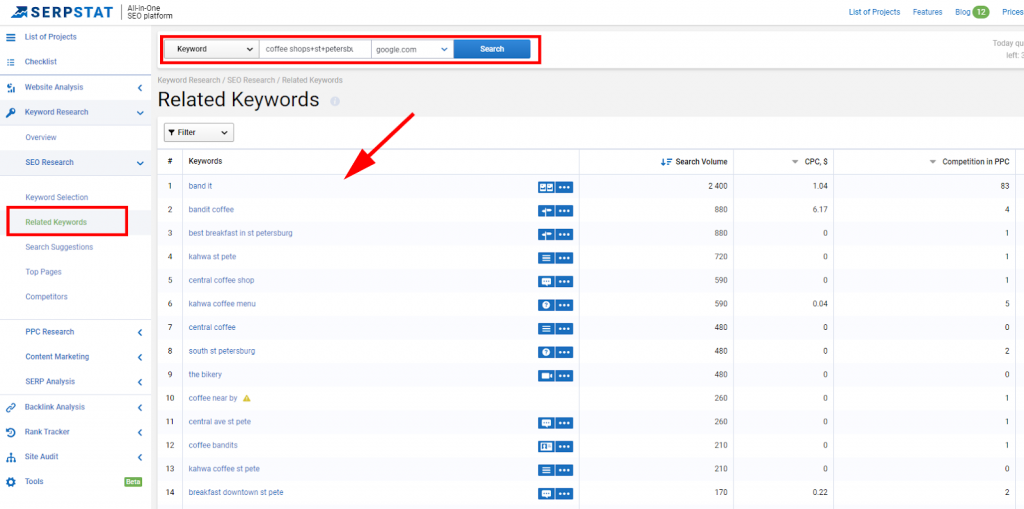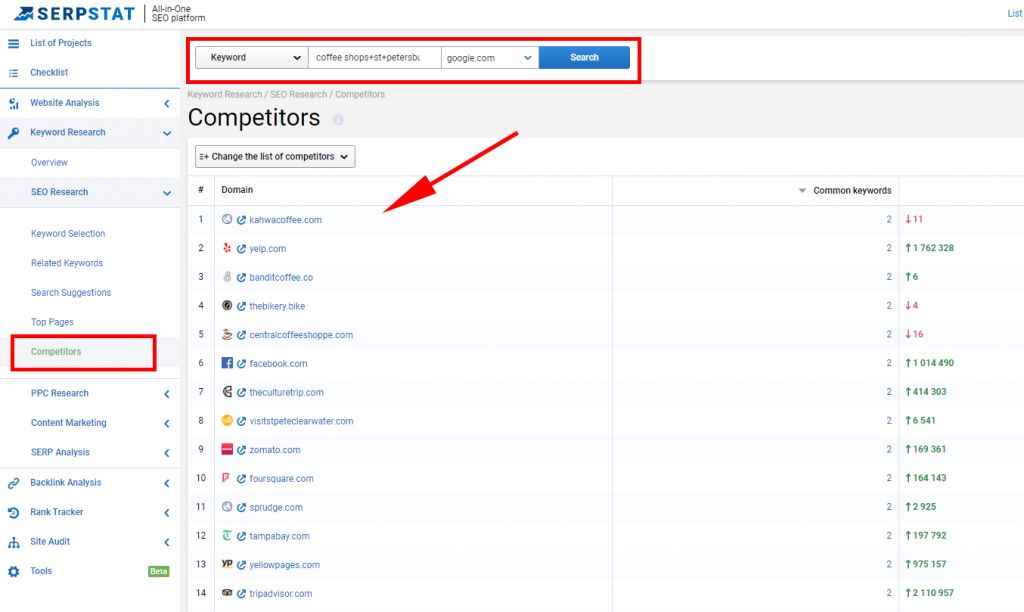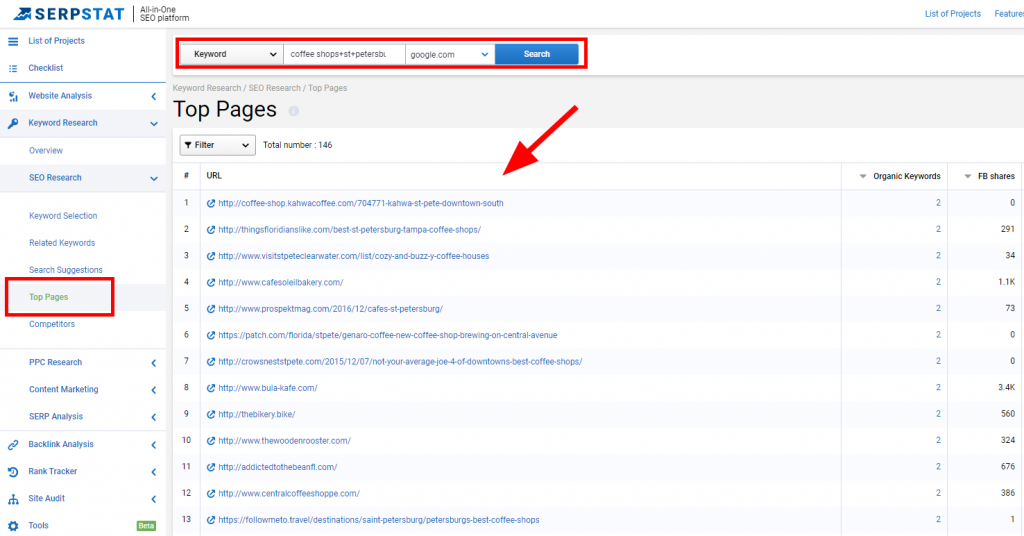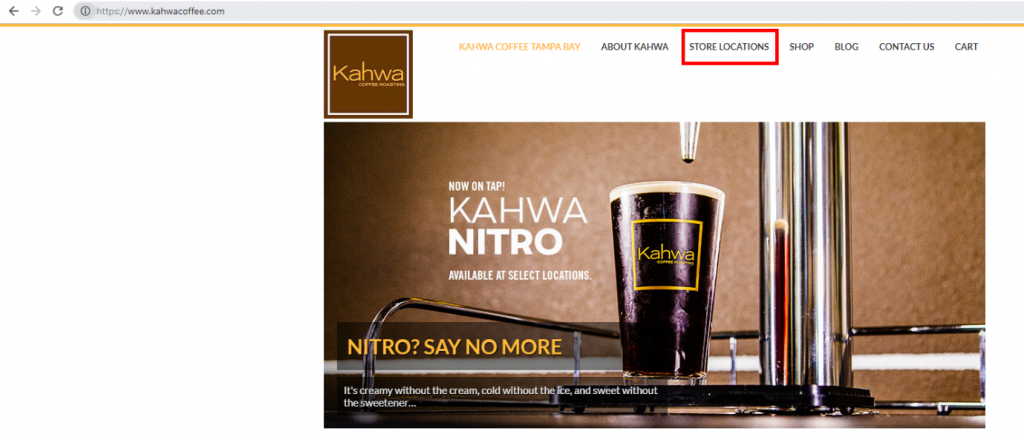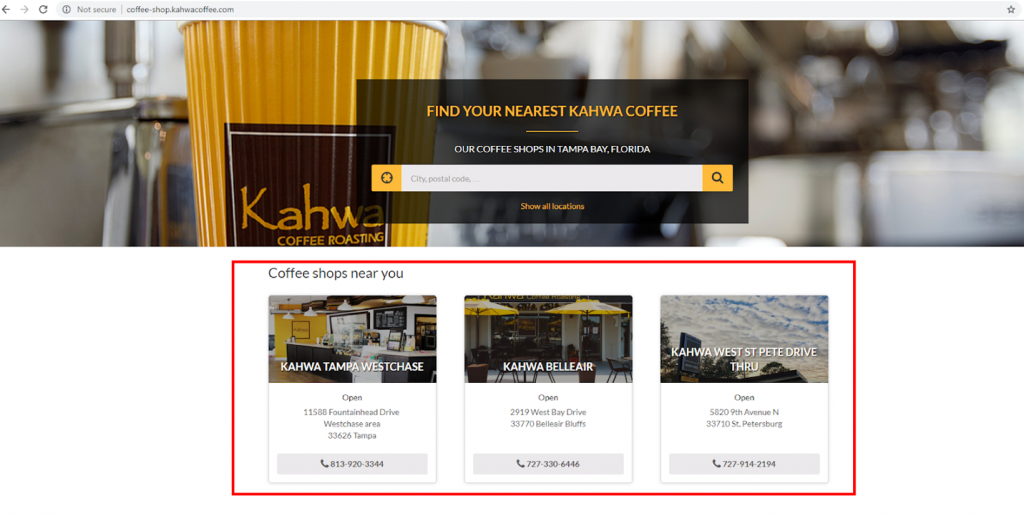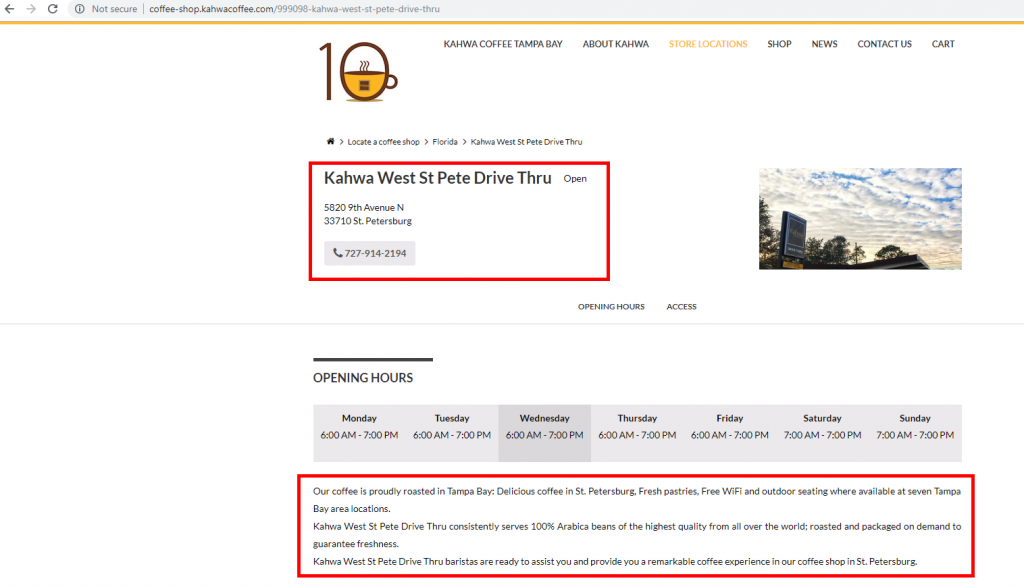The Local SEO Checklist: Your Ticket Into The Snack Pack
With over 28,000,000 small businesses in the US and over 540,000 more opening each month local SEO is more important than ever before. The majority of those small businesses sales come from people who live within 10 miles of their storefront.
80% of the 40,000 Google searches per second are users looking for local services. Think about that. The difference between Google suggesting your business or the guy on the street comes down to your local SEO efforts. Business owners like you rely on the local community for their success. You can’t afford to ignore local SEO. But, what is local SEO and how do you do it?
SEO companies have whole departments dedicated to this question but, no need to fear, we are here to help you dominate Google local searches by explaining just that in this local SEO checklist. Here we will go over some simple local SEO strategies that will move you up to the top of the Maps listings.
The Local SEO Rundown: How To Dominate Google Local Searches
Here we will give you our basic guide to local SEO but first, let’s answer the question: What is local SEO?
What Is Local SEO?
When you do a Google local search for a service in your area, you’ll get results in three ways. You’ll see paid ads, Google Maps listings, and then your organic search results. The Google Maps box gives you 3 top results for local businesses that match your search. Look at this sample search for “great coffee” to get a sense of what we’re talking about:
This grouping is affectionately known as the “3-Pack” in SEO speak. Optimizing your website for local search is going to be a huge factor in your ability to make it into this list of local sites. Doing the right optimization, using local SEO tools and some know-how, can get you into the Snack Pack, above the organic search results.
How Do I Get Into the Google 3-Pack?
There are some simple steps to take to make it easier to get into the top three maps listings. The first step is optimizing your Google profile in Google My Business. This easiest step is often overlooked. Getting that postcard and verifying your business sends the signal to Google that you exist and are open for business. But, what next?
Get Your NAP Right
We aren’t talking about catching some quick zzz’s in the middle of the day. NAP is an acronym that stands for business name, address and phone number. When you sign up for Google My Business (GMB) pay attention to exactly how you enter that information. The way you input your business listing into GMB needs to be the way your business listing looks wherever it is placed.
Update the business listing throughout your website. Pay special attention to your homepage, top landing pages, headers, and footers.
Next look at all of your social media accounts. Make sure all of your information is consistent across all those platforms as well. NAP citation consistency is a big factor in Google bots being able to triangulate your location and relevance to the user. The easier you do their job, the better your local SEO ranking.
Once your NAP is consistent and correct, you’ll want to get out there and build your local citations. Here’s a great article with more information about local citation building and better local link building. Building citations are one of the fastest ways to get your business noticed.
Use Keywords Relevant To Your Local Area
A huge factor in getting local SEO juice and converting local traffic is by targeting local communities in your keywords. SERP has a great resource to help you find the right locally focused keywords for your area.
Let’s continue with our coffee example and do a search for the keyword “coffee shops St Petersburg”. Here’s the initial keyword overview that populates in Serpstat:
As you can see, the tool gives you search volume and the volume of other related organic keywords to your search term. You can take this a step further by clicking on SEO research and choosing “Related Keywords”, here’s a visual:
You then get a list you can filter by volume of all the related keywords that correspond to your initial search. Want to know your competition and which pages they are getting rankings on? We got you covered there too. Using the “Competitors” and “Top Pages” options gives you detailed and targeted info so you can go hard against your competition.
Now you can go out there and write some content to beat your competitors to the top of the pack.
Add Pages Into Your Site For Specific Targeted Areas
This may seem like common sense, but so many people forget the easiest techniques. Create a targeted landing page for each of your business locations.
So, if your coffee shop has 5 locations all over the Gulf Coast of Florida, you want to have a page devoted to each shop. For instance, we can look at one of the main competitors above, a local coffee chain Kahwa Coffee, as an example.
Their website has a locations option in the header menu:
Lists each location clearly on that landing page with its own section and NAP listing:
And finally, when you click into the location you get another NAP mention and some great local targeted copy in the body of the page:
Kahwa is at the top of search results for a ton of different local keywords because they are doing a great job with their local SEO game. They have NAP consistency across the board, make it easy to find their locations, and use local keyword-relevant content on all the pages of their site.
Create Content That Works For You
While your NAP consistency and location pages are important factors in local SEO, you want to continue the work with the content you post.
When you create blog posts for your website, make sure you are adding internal links back towards other pages within your site. Writing posts about relevant topics to your area and linking back to your location page in those areas makes stellar citations.
These citations give more clues to Google within your site that you are relevant to your city. This lets Google know to serve you to more users in your surrounding area.
Go Meet Your Neighbors!
Now that you know more about local SEO get out there and fine-tune your strategy. With the power of Google on your side, you could see a massive uptick in local business and finally meet your neighbors, while they pay you for your services.
